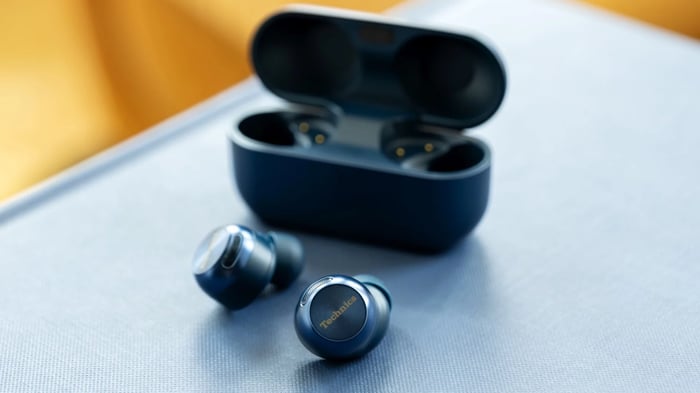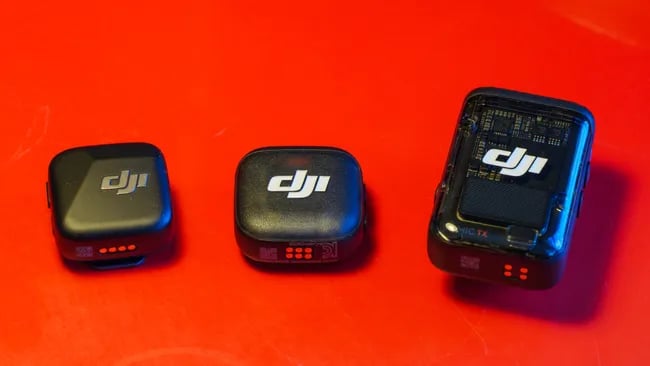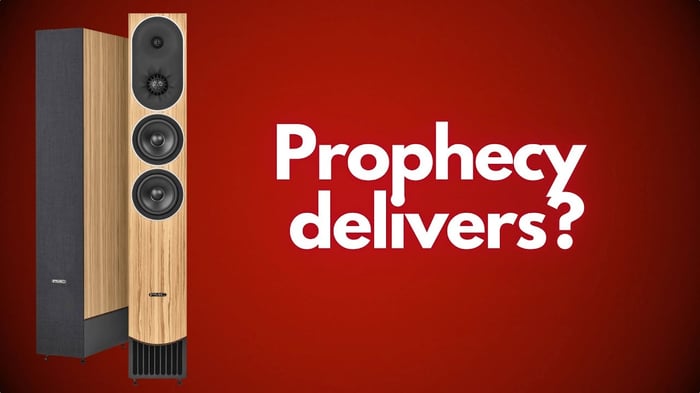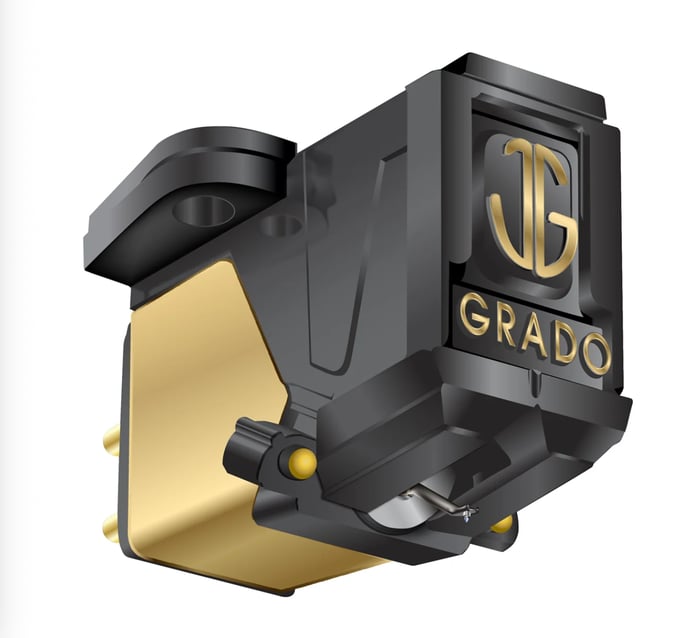
Grado Labs Gold3 P-Mount Phono Cartridge Review: Classic Sound Meets Modern Convenience
Grado Labs Gold3 P-Mount Phono Cartridge Review: Classic Sound Meets Modern Convenience
Explore the rich, natural tonal balance and stellar performance of the Grado Gold3 p-mount cartridge, a must-have for vinyl enthusiasts seeking premium sound without fuss.
A Turntable Revolution: The Birth of the P-Mount System
Back in late 1979, the audio world was buzzing thanks to Technics’ launch of the SL-10 turntable—a marvel the size of an LP sleeve but packing serious punch in specs. Its successor, the SL-7, arrived in 1981, polishing the concept with the same stellar specs but minus the built-in MC phonostage. As someone who’s owned both, I can tell you: the SL-7 edges out slightly in sound quality. But the real game-changer? The introduction of the T4P plug-in cartridge, known stateside as the p-mount.
The p-mount system is the epitome of ease: plug and play, with no fiddling over vertical tracking force (VTF) or cartridge overhang. Just click it in and listen. I’d previously tried the long-discontinued Technics P550 and Audio Technica AT152LP cartridges on my refurbished SL-7, both T4P types, but neither quite hit the tonal mark I craved. The P550, with its boron cantilever, pulled out fine detail but was bass-light, lacking the weight and impact that bring vinyl to life. And so began my hunt for a better p-mount cartridge.
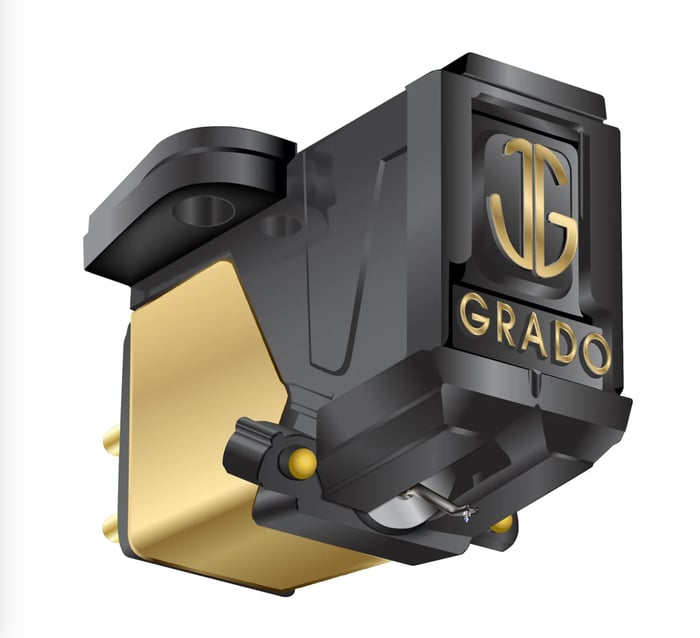
Chasing Tonal Realism: Why Most P-Mounts Fall Short
I’m particularly sensitive to tonal balance, especially when it leans too bright, tilting toward the upper octaves and sounding harsh or fatiguing. Both moving magnet (MM) and moving coil (MC) cartridges can sometimes tip the scales this way. What I really wanted was more bass heft and natural tonality.
Turns out, choices in p-mount cartridges are scarce these days—many manufacturers have abandoned this format. But one model stood out: the Grado Gold3, available in both standard and p-mount versions. The original Gold even snagged an Editors’ Choice award back in 2013, and Grado’s reputation for musicality and value has deep roots going back decades.
Grado Labs: A Legacy of Audio Excellence
Grado Labs is a name steeped in high-fidelity history, tracing back to the 1950s. Joe Grado’s family-run company was already producing quality cartridges by 1959, as documented in vintage Hi-Fi Buyer’s Guides. From affordable to high-end, Grado has long been synonymous with delivering musical joy without breaking the bank. Their Prestige line, which the Gold3 tops, continues that proud tradition.
Inside the Gold3: The Classic Flux-Bridger Design Shines
The Gold3 is built on Joe Grado’s Flux Bridger generator design from 1972, a marvel of engineering. It uses two pairs of coils arranged at 45-degree angles within a permanent magnetic field, creating four magnetic gaps. When the stylus rides a record’s grooves, an iron element moves in this magnetic landscape, producing a highly linear and efficient signal with excellent channel separation.
A key advantage? The Gold3’s inductance is a mere 50mH, compared to a typical MM cartridge’s 500mH. This pushes the cartridge’s high-frequency resonance beyond 20kHz, giving the Gold3 an impressive frequency response up to 55kHz. The cartridge sports an elliptical diamond stylus mounted on Grado’s Optimized Transmission Line (OTL) cantilever—a four-part telescoping design damped to minimize unwanted resonance.
Overcoming P-Mount Limitations: A Blu Tack Hack
Not all p-mount cartridges strictly follow the T4P specs. While the Gold3 meets the weight requirement at 6.0 grams, it demands a vertical tracking force between 1.6 and 1.9 grams—higher than the T4P standard of around 1.25 grams. The SL-7 maxes out at 1.5 grams, nearly in range but just shy of what the Gold3 needs to avoid mistracking on dynamic passages.
My workaround? A small blob of Blu Tack, trimmed to 0.4 grams, stuck to the front of the cartridge body. Simple, effective, and suddenly mistracking vanished. Of course, if you’re using the standard-mount Gold3, you can dial in the ideal force with ease on any conventional tonearm.
Rediscovering Vinyl Warmth and Clarity with Grado
It had been ages since a Grado cartridge graced my system, and I was eager to revisit their famous midrange clarity. The Gold3 did not disappoint. The soundstage was transparent, revealing subtle details deep within the mix, while the attack and decay of notes felt tightly controlled. Transient speed wasn’t quite on par with a top-tier MC cartridge but the Gold3 steered clear of the usual grating sibilance.
Sibilance, that sharp hiss some cartridges exaggerate between 4kHz and 8kHz, was natural and unobtrusive. The spatial presentation was satisfying, with realistic width and depth, and focused imaging that made instruments and voices take shape vividly before my ears.
I was genuinely surprised by the level of detail pulled from this modest elliptical stylus, likely thanks to the well-damped OTL cantilever. The Gold3 handled even string-heavy, closely miked violin recordings—often a bright and edgy minefield—with grace, never sounding harsh or overemphasized.
The Power of Natural Tonality and Dynamic Range
The Gold3 shines in the lower midrange, a crucial region for orchestral power. There was no hint of “orchestral anemia” here; cello timbres were rich and full-bodied, and jazz bass lines had satisfying weight and pitch definition. The bass was warm but never bloated, maintaining tonal neutrality—meaning the cartridge neither added artificial warmth nor smoothed over flaws in the recording.
Tonal accuracy extended to vocals as well, with male and female voices sounding natural and lifelike—a must for any serious listener. I found the cartridge’s treble response could be subtly influenced by phonostage input capacitance; on my PrimaLuna EVO 400 phonostage, 40pF gave a more open treble than 100pF, which I preferred for most of my collection.
Dynamic transitions—from the softest whispers to the most thunderous crescendos—were rendered convincingly, with no compression or strain, even during monumental pieces like Richard Strauss’s Also sprach Zarathustra conducted by Fritz Reiner and the Chicago Symphony Orchestra.
The Verdict: A Standout in P-Mount Cartridges
After several weeks with the Gold3, it’s clear this is a remarkable performer that fills a much-needed niche for p-mount users. As one expert put it, the Gold3 delivers “crazy good sound at an entry-level price.” It’s my top pick for anyone wanting the simplicity of a p-mount with a sound that’s anything but basic.
Specs & Pricing
- Output: 4mV @ 5 cm/s (45 degrees)
- Frequency range: 10Hz–55kHz
- Channel separation: Average 25dB, 10Hz–30kHz
- Stylus: Elliptical diamond
- Preamplifier input impedance: 10k Ohm–4k Ohm
- Inductance: 50mH
- DC resistance: 660 Ohms
- Cartridge weight: 6 grams
- Vertical tracking force: 1.6–1.9 grams
- Compliance: 20μm/mN
- Mounting: P-mount or ½” screw mount
- Price: $260
Associated Equipment Used
- Loudspeaker: Fyne Audio F703SP loudspeaker
- Turntable: Technics SL-7 turntable
- Phonostage: PrimaLuna EVO 400 phonostage
- Line preamplifier: Joule Electra LA-150 Mk II line preamplifier, PrimaLuna EVO 400 line preamplifier
- Power amplifier: Audio Research VS115 power amplifier, PrimaLuna EVO 400 power amplifier
- Cables: Kimber Select KS1016 & KCAG interconnects; 8N OFC speaker cable
- Accessories: Sound Application CF-X & TT-7 power line conditioners
“The Gold3 offers crazy good sound at an entry-level price.” – Robert Harley
Have you found your perfect p-mount cartridge yet? The Grado Gold3 might just be the vinyl upgrade your system’s been waiting for.
FAQ
- What makes the Grado Gold3 stand out among p-mount cartridges?
Its Flux Bridger design, low inductance, and well-damped cantilever deliver exceptional detail and tonal balance rarely found in plug-and-play cartridges. - Is the Blu Tack modification safe to use?
Yes, attaching a small trimmed piece for additional tracking force is a common and reversible practice to optimize VTF within system limits. - Can the Gold3 be used on any turntable?
The Gold3 comes in both p-mount and standard mount versions, so you can choose the one that best fits your tonearm. - How does the Gold3 handle sibilance and brightness?
It reproduces high frequencies naturally without harshness, making it a forgiving choice for bright or edgy recordings. - What price range does the Gold3 fall into?
Retailing around $260, it offers excellent value for audio enthusiasts seeking quality sound without complex setup.
Looking to brighten up your listening space? Shop your favorite album cover poster at our store and celebrate the music you love in style: Architeg Prints.
 | DISCOUNTGET 30% OFF*Use code on your next order:
|
* This post may contain affiliate links, meaning we earn a commission if you make a purchase through these links, at no additional cost to you.



